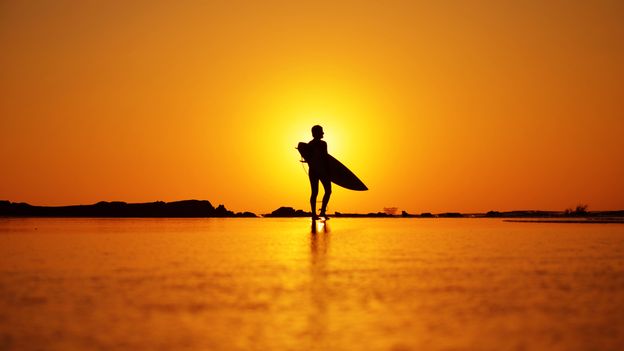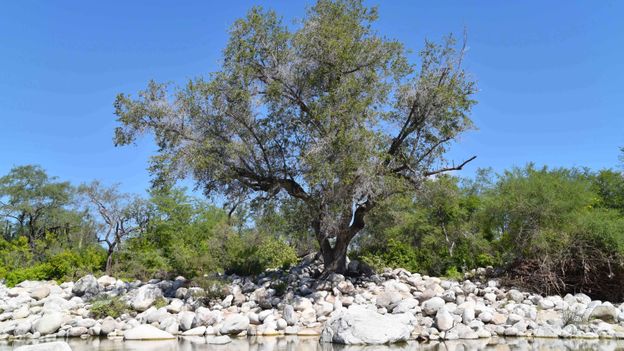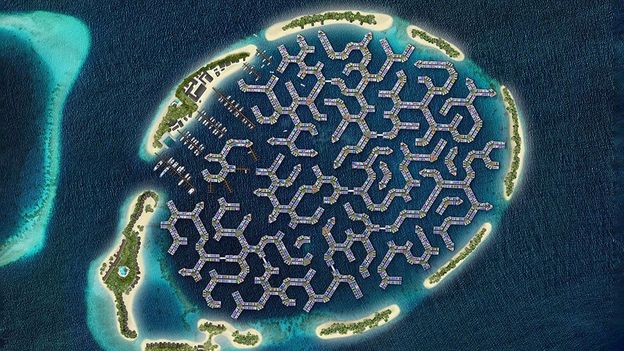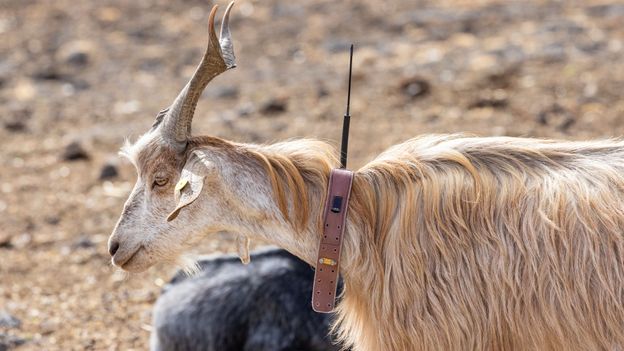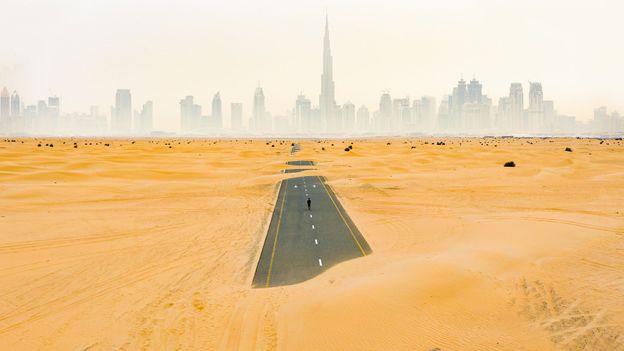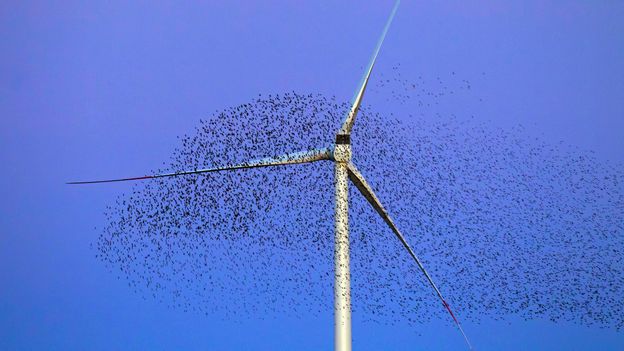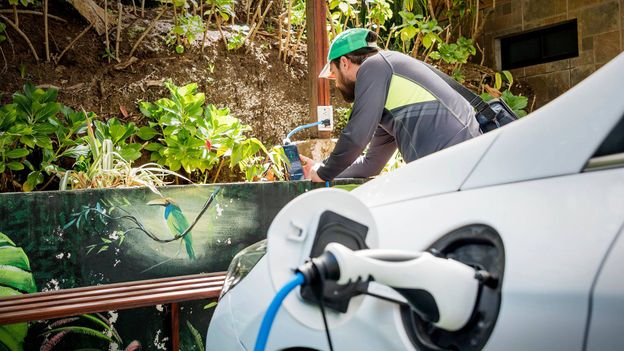In fact, Tagholm suggests that one of the most valuable things a surfer could do might sometimes be to put the board away. “The biggest thing we can do is protect wild natural habitats and the ocean offers us that sort of opportunity. It’s no longer like: ‘Let’s go and find a surf break and cut back a bit of jungle to find the new reef in Indonesia or wherever’. Actually, that’s no longer cool, we need some unexplored world.”
De Macedo shares some of these concerns. “There was feedback that [surfonomics] was putting a price tag on the location so that there could be some developer, and he would just pay the [money] and say: ‘Okay now this is mine, and I can do whatever I want with it.'”
That’s why surfonomics studies have attempted to include some of the social and cultural benefits of surfing – such as the reasons people visit particular beaches, who with and what they value about them – that are more difficult to quantify. “Ultimately these giant waves are geological natural phenomena, so people do have this contact with nature that goes beyond just accounting for how many visitors and how much money they spend at the cafe and on merchandise,” says de Macedo.
Surfonomics is still a relatively immature field of study and needs refining to align with wider “natural capital methodologies” – tools that measure the value of natural assets and allow them to be included in mainstream accounting systems, Scheske notes. This would help strengthen surf protection and better account for the negative impacts of surfing on the environment, she says, “which will probably vary greatly between different ecosystems and sites, depending on the fragility of the given ecosystem and how it is accessed by surfers”.
But on balance, the connection to the ocean that people gain from surfing creates “a net positive impact”, she says, especially compared to activities such as jet skiing or wakeboarding, which require more equipment and often rely on fossil-fuel power.
Pizarro, who still regularly rides the waves at Lobitos alongside sea lions, turtles and the occasional humpback whale, hasn’t forgotten what drew him to conservation. “With the animals, the wave, everything needs to be as perfect as it was when it was first created in order for you to surf the best possible wave and have the best possible time. It makes you aware that you’re a part of an ecosystem that you need to protect.”
Pizarro is one of thousands of surfers around the world trying to build conservation into their sport. As science, economics and the love of surfing align, they hope to leverage the power of their waves to protect coasts in a way that benefits not just hard-core wave-riders but everyone who enjoys, and relies on, the sea.
—
The emissions from travel it took to report this story were 0kg CO2. The digital emissions from this story are an estimated 1.2g to 3.6g CO2 per page view. Find out more about how we calculated this figure here.
—
Join one million Future fans by liking us on Facebook, or follow us on Twitter or Instagram.
If you liked this story, sign up for the weekly bbc.com features newsletter, called “The Essential List”. A handpicked selection of stories from BBC Future, Culture, Worklife, and Travel, delivered to your inbox every Friday.

